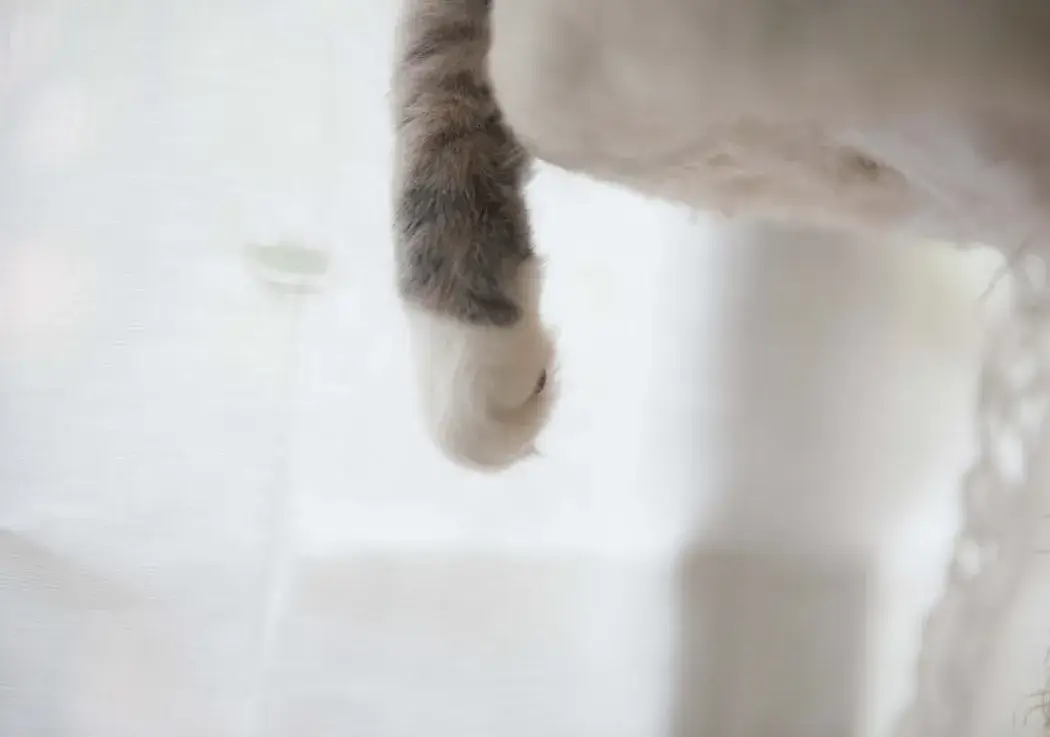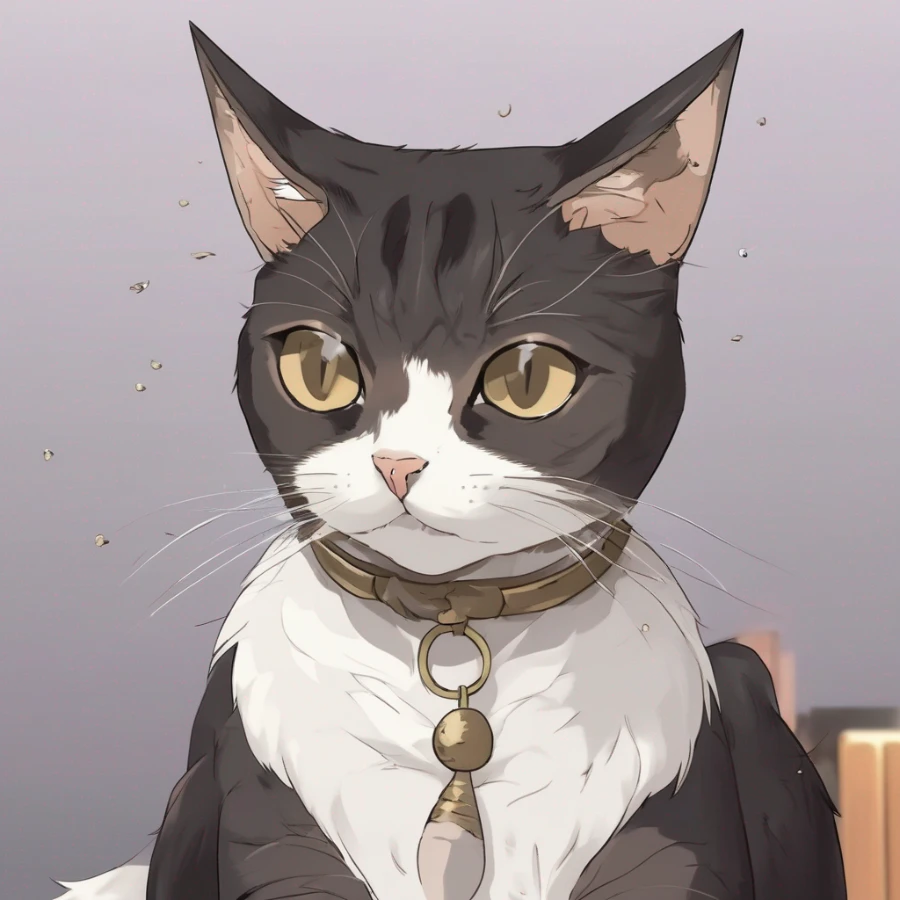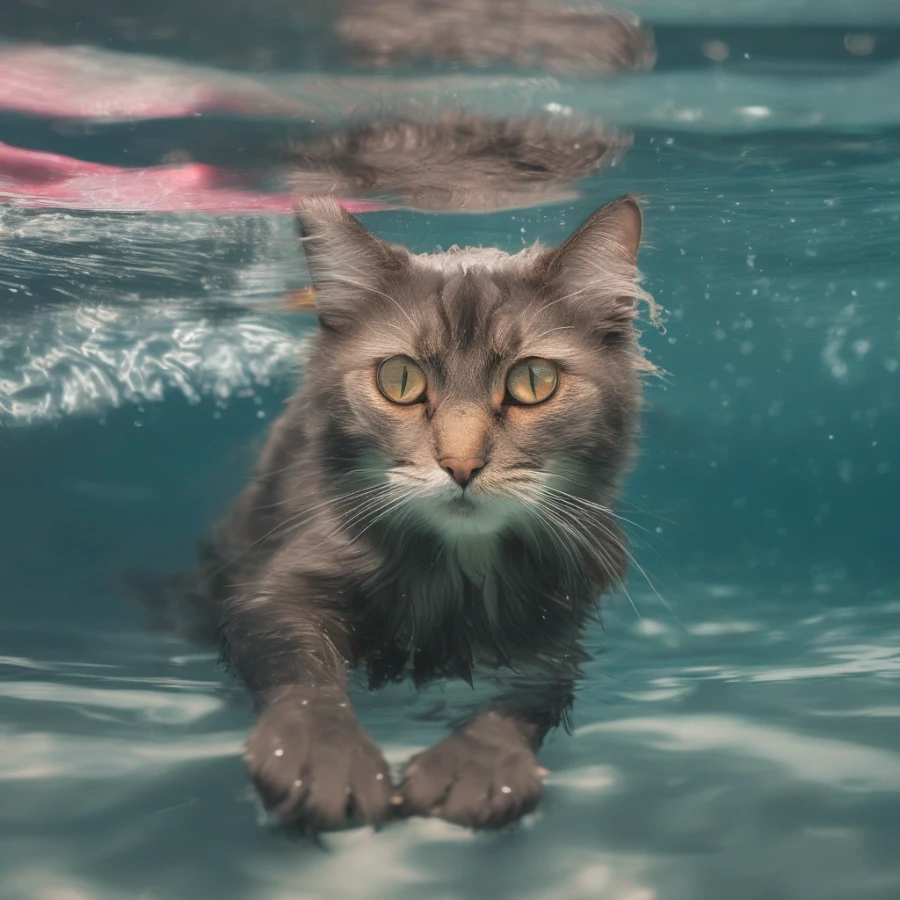How Far Can Cats Fall

Published by: CatsLib
3 Min Read
Short Distances (1-2 Stories): Cats are often more likely to survive falls from shorter distances, such as 1 to 2 stories (around 10 to 20 feet). Their ability to quickly adjust their body position and spread out their surface area can help slow their descent and minimize the impact.
Medium Distances (3-6 Stories): Cats falling from greater heights, such as 3 to 6 stories (approximately 30 to 60 feet), have been known to survive with varying degrees of injury. Cats have been observed to suffer broken bones, lung contusions, and other injuries from these falls.
Great Heights (Above 6 Stories): Cats falling from extreme heights, like skyscrapers or buildings over 6 stories (60+ feet), are more likely to experience severe injuries or even fatal consequences. While some cats have survived falls from remarkable heights, they may still sustain serious injuries like fractures, internal injuries, or spinal damage.
It's important to understand that even if a cat survives a fall, it doesn't mean they are unscathed. Visible injuries might not be immediately apparent, and internal injuries could take time to manifest. If a cat falls from a height, it's essential to seek immediate veterinary attention to assess their condition and provide necessary care.
Preventing falls is crucial for ensuring your cat's safety. Keep windows securely screened, avoid leaving balcony doors open, and provide a safe indoor environment with plenty of enrichment to keep your cat mentally and physically engaged.
Why Do Cats Like Being High Up
Cats have a natural affinity for being high up, and this behavior is deeply rooted in their evolutionary history and instinctual behaviors. There are several reasons why cats are drawn to elevated spaces:
Hunting Advantage: In the wild, cats are predators, and being in high places provides them with a strategic advantage for hunting. From elevated vantage points, cats can observe their surroundings, spot potential prey, and plan their approach without being seen easily.
Safety and Security: High places offer cats a sense of security. In the wild, being off the ground helps them avoid predators and other potential threats. Domestic cats retain this instinct, seeking out high spots where they can rest without worrying about potential dangers.
Warmth and Comfort: Elevated surfaces, especially those near windows, might provide a warm and sunny spot for a cat to bask in sunlight. Cats enjoy soaking up warmth, and being elevated allows them to catch the sun's rays more effectively.
Territorial Dominance: Cats are territorial animals, and being high up can give them a better view of their territory. This elevated perspective allows them to survey their domain and assert their presence.
Rest and Relaxation: Cats love to find cozy spots for napping, and high places can offer a sense of comfort and relaxation. Being above ground level can also help cats feel more isolated and secure while they rest.
Social Dynamics: In multi-cat households, being high up can be a way for a cat to establish a higher status within the group. Dominant cats might claim elevated spots as their own, asserting their social position.
Stimulation and Enrichment: Climbing and exploring high places provide mental and physical stimulation for cats. They can engage their natural instincts, exercise their muscles, and satisfy their curiosity by investigating their surroundings.
Escape Routes: Cats like to have escape routes readily available in case they feel threatened or stressed. Being up high allows them to quickly move to a safe location away from perceived danger.
Providing vertical spaces and cat furniture, such as cat trees, shelves, and perches, can greatly enrich your cat's environment and help fulfill their natural instincts. These elevated spaces give them opportunities for exploration, play, relaxation, and observation, contributing to their overall well-being

Why Do Cats Always Land on Their Feet
Cats possess an extraordinary capability to consistently land on their feet when they fall, owing to a distinctive blend of physiological adaptations and reflexes. This behavior is referred to as the "righting reflex" or "cat righting reflex," and it involves several intricate factors.
One contributing factor is the cat's remarkably flexible spine. This flexibility permits them to rapidly twist and maneuver their bodies. As a result, they can reposition themselves in mid-air, ensuring that they land on their feet.
Additionally, cats have a highly developed inner ear that aids in maintaining their sense of balance. This vestibular system enables them to detect changes in their body position and make swift adjustments to remain stable.
Cats possess rapid reflexes that are triggered when they perceive they are falling. This reflex initiates a twisting motion, starting from their head and traveling down to their tail. This rotation assists them in reorienting themselves during freefall.
The relatively low terminal velocity of cats is another contributing factor. Due to their light weight and ample surface area, they do not achieve high speeds during falls. Consequently, they have more time to correct their posture.
Cats' smaller size and weight distribution play a role as well. Their bodies are proportionally lighter in relation to their surface area, allowing for better maneuverability and adjustments while falling.
Flexible shoulder joints enable cats to rotate their front legs to the side. This rotation aids in modifying their posture as they descend.
The cat's tail functions as a rudder, aiding in steering and maintaining balance during mid-air rotations.
The righting reflex is an inherent response ingrained in cats from a very early age. Even kittens as young as three weeks old exhibit this reflex, underscoring its instinctual nature.
It is important to recognize that while cats possess an impressive ability to land on their feet, they remain susceptible to injuries from falls, especially from substantial heights. Despite the righting reflex's role in reducing impact, falls can lead to broken bones, injuries, or even fatalities. Therefore, ensuring a secure environment for your cat, including preventing access to high places prone to falls, is essential for their safety and well-being.



